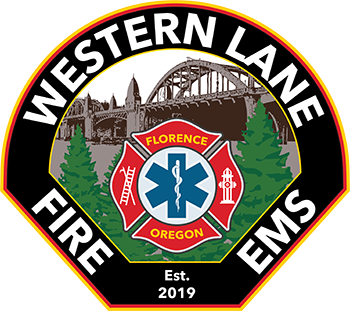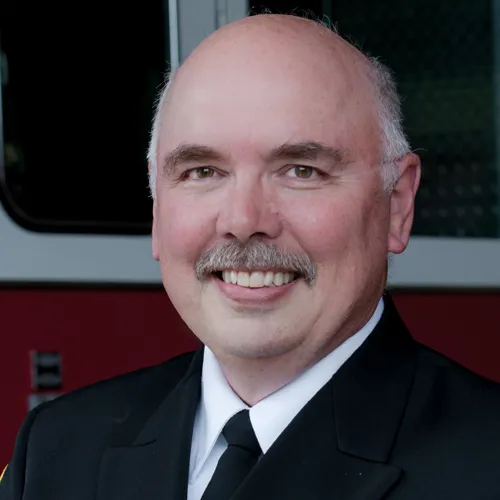A Message from Chief Micheal Schick
On behalf of the men and women of Western Lane Fire and EMS Authority (WLFEA) I want to thank you for taking the time to learn about our District.
Serving You is a Privilege
WLFEA provides all-hazards emergency response to 14,000 people over 100 square miles while Western Lane Ambulance provides emergency medical service (EMS) to 17,500 people over 980 square miles. Together we protect our communities with over 80 highly skilled and dedicated professionals consisting of full-time, part-time and volunteer personnel that respond to a combined average of 3,800 calls per year.
We are Owned and Operated by the Members of Our Community
The majority of our firefighters are volunteers, who are supported by paid personnel to ensure our Fire District is ready to respond when the alarm sounds. Our Volunteer Firefighters help us to save money by not having to hire more full-time personnel. WLFEA provide a superior level of service for a rural area. Our professional fire and EMS responders are your friends, neighbors – and are fully committed to saving lives and property.
We are transparent and accountable to our taxpayers.
These are your tax dollars we use to save lives and property – and we take that responsibility seriously. Board members are elected by and from the community to make spending decisions, and all their meetings are open to the public. Both agencies operate under a balanced budget and have passed all their independent financial and accountability audits. We regularly look for ways to stretch local tax dollars further by relying on volunteers, applying for grants, paying cash for apparatus and equipment, and partnering with other agencies.
Regional partnerships save money and improve emergency services for our communities.
The cost to provide emergency services will continue to increase as our population grows and ages. Partnering with other agencies enhance the type of emergency services we are able to provide. That’s why our fire and ambulance districts signed an agreement to share costs for administrative services. With these savings, our fire district has been able to set aside money to replace aging apparatus, and our ambulance district has been able to hire one additional personnel. We also collaborate with other partners on natural disaster preparedness, training more Emergency Medical Technicians, and developing a community health care program to reduce costs and improve patient care.
We’re ahead of the game, but we also have challenges.
Our ambulance district has seen EMS call volumes rise 12-15% every year for the past three years. It requires additional personnel and replacement ambulances sooner to meet this growing demand for service. Our fire district has an aging fleet of fire engines and water tenders, and a station with critical apparatus that needs to be relocated from a tsunami zone. These improvements are outlined in each agency’s strategic plan, and require us to plan for how we will meet these needs in the future.
Thank you for taking the time to learn about us and feel free to stop in to meet our Paramedics and Firefighters.



